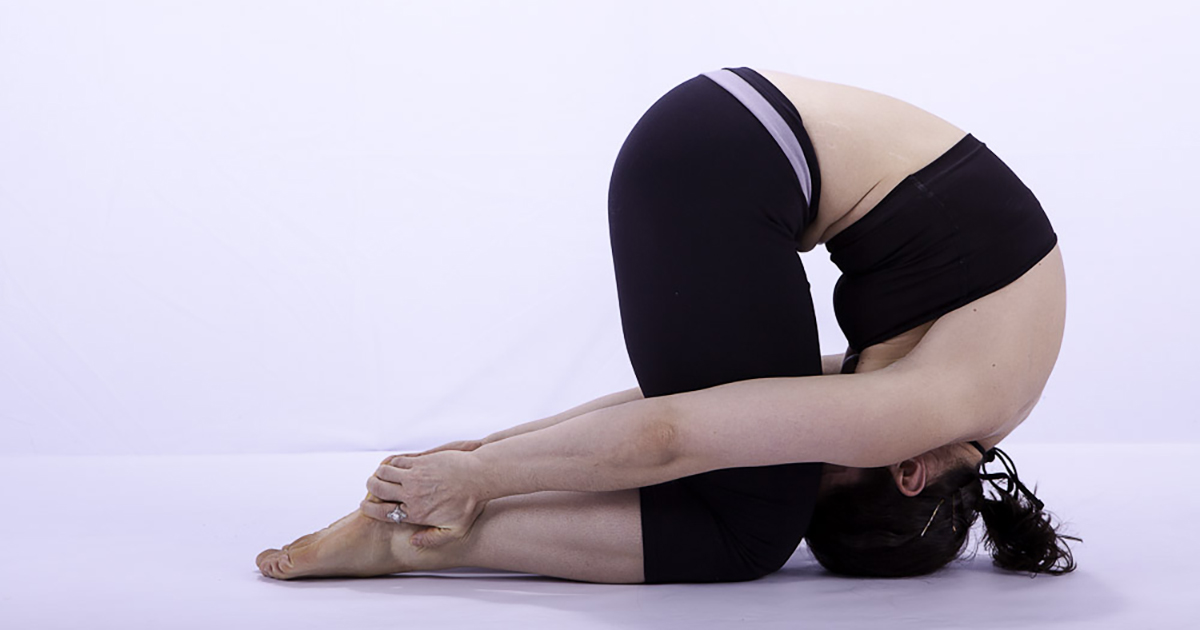How To Treat Costochondritis
Costochondritis is a chest condition that involves inflammation in the cartilage around the sternum. This condition is not considered dangerous, but it can cause significant chest pain. Costochondritis is fairly common and is more common in children and women than men. For children, it is one of the more common causes of chest pain. Doctors will typically do a lot of tests to make sure a patient's chest pain is not caused by something more serious before diagnosing costochondritis. Treatment often does not require medical intervention, but medications or surgery may be necessary for severe cases.
Avoid Triggering Exercises

One thing patients can do to treat costochondritis is to avoid triggering exercises. What exercises are considered triggering may vary from patient to patient. In general, it is best not to participate in contact sports such as soccer, rugby, football, and martial arts. As a general rule, if an exercise starts causing chest pain, patients do not do it until the condition has fully gone away. Individuals should make sure to get plenty of rest so the cartilage in their chest can heal. It is always a good idea to consult with a doctor to find out to what extent physical activity should be limited.
Practice Stretching

Yoga and stretching routines are recommended for patients suffering from costochondritis, as these gentle exercises can relieve pain over time. A good stretch for the chest is to raise the arms, bend the elbows, and lace the fingers behind the head. When doing this, individuals should pull their shoulder blades together so they can feel the stretch in their chest. This is a great way to relax the chest muscles and reduce inflammation in the cartilage around the sternum. Another stretch individuals can do is a wall stretch with their forearm against a wall.
First, they must find a doorway. Then they need to bend one arm to form a ninety-degree angle with their hand facing up towards the ceiling. Individuals must then press the length of their forearm against the wall next to the doorway; then step forward with the opposite foot to push their body through the doorway while keeping their forearm on the wall. This will stretch one side of their chest. They should hold the stretch for ten to fifteen seconds and repeat the routine on the other side. If individuals practice stretching regularly, their costochondritis should easily go away.
